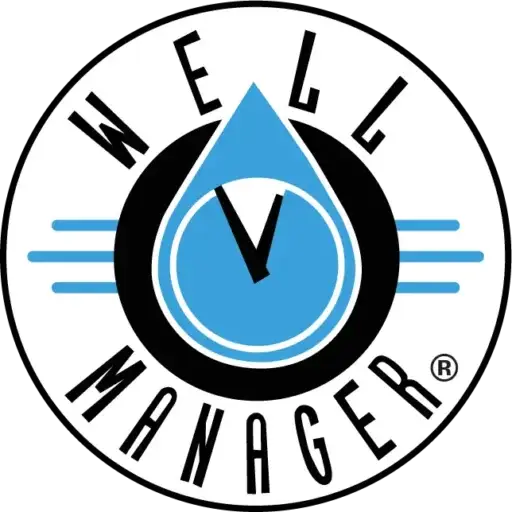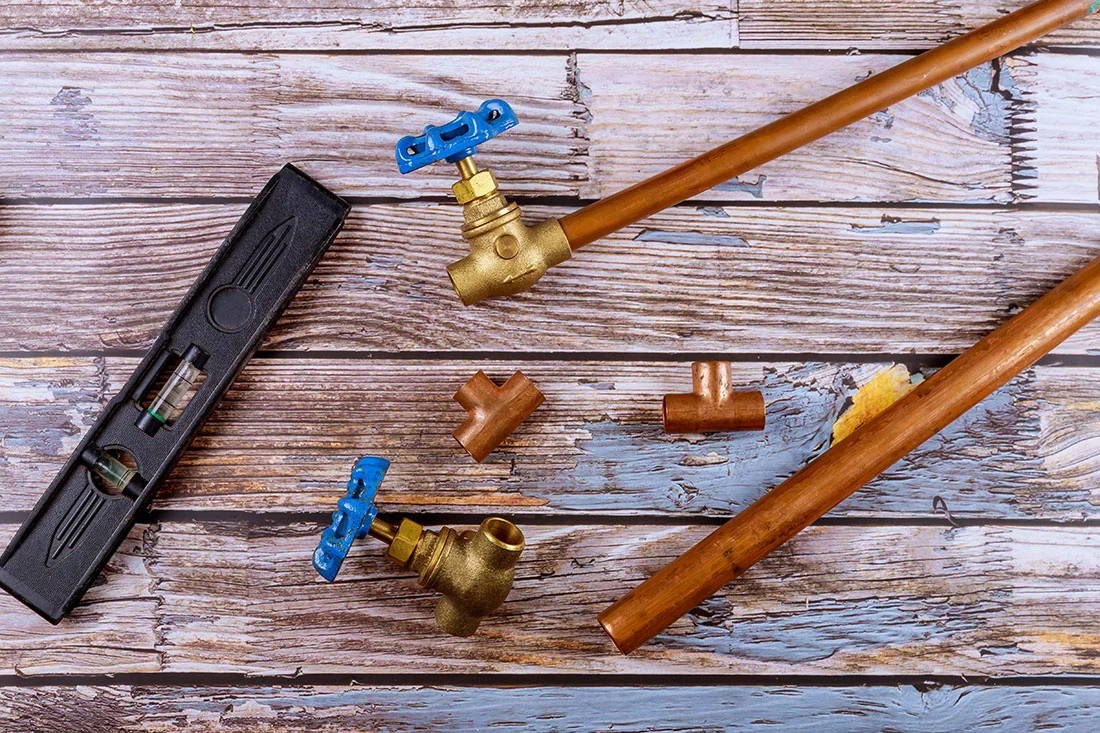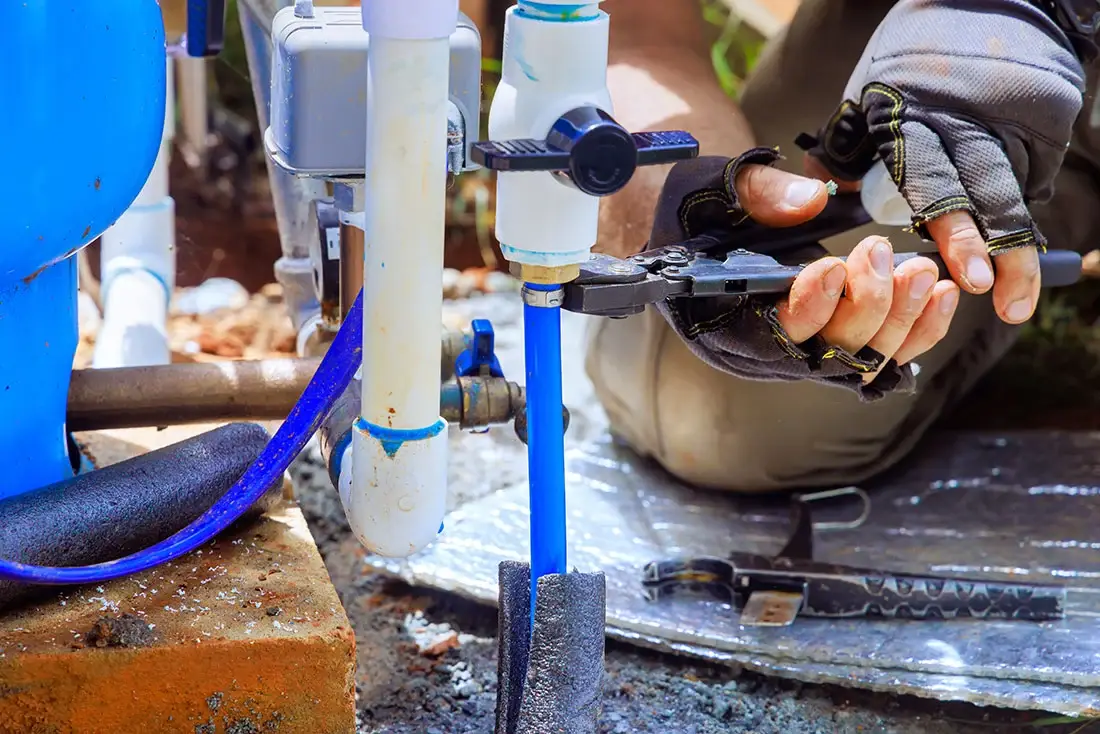You’re standing in the shower, and the water pressure drops suddenly. Or maybe your faucet barely trickles when you’re trying to run the dishwasher. It’s frustrating, disruptive, and all too common for homeowners with well systems. In search of relief, it’s tempting to jump to DIY fixes. Adjusting a pressure switch or cleaning out a faucet might seem like a quick way to restore pressure. But here’s the truth: DIY solutions often overlook deeper, system-wide problems, leading to more significant headaches down the line. If you’re experiencing low water pressure, you’re not just dealing with a minor inconvenience—there’s likely a larger issue at play.
Let’s examine why quick fixes rarely work, how they can make things worse, and why investing in a long-term solution, like Well Manager, is the best way to restore and maintain consistent water pressure in your home.
The Real Reasons Behind Your Low Water Pressure (and Why DIY Fixes Can Fail)
Understandably, a minor tweak could fix your water pressure issues. After all, many home problems can be solved with elbow grease. However, well water systems are complex, and there’s usually more going on than meets the eye. While it’s tempting to believe that cleaning an aerator or adjusting a pressure switch is the fix you need, these approaches rarely address the root cause. So, what’s going on?
Here are the most common reasons behind low water pressure:
- Aging Equipment:Well pumps and pressure tanks naturally wear out over time. If these components are reaching the end of their life, no amount of DIY tinkering will fix them.
- Sediment Buildup:Well water often carries sediment, which can clog pipes over time. Cleaning a faucet screen might temporarily improve flow, but the problem could be buried deep within your plumbing system.
- Inadequate Water Supply:Sometimes, the pressure is not the issue—it’s the well itself. A well that can’t draw enough water to meet your household’s demands will never be fixed by boosting pressure alone.
Here’s where the critical transition comes: DIY fixes focus on surface-level issues, but low water pressure often stems from more profound problems. Without addressing these root causes, you’ll likely experience only temporary improvements, if any. This brings us to the dangers of relying on quick fixes.
Why Quick Fixes Rarely Work
When water pressure drops, your first instinct might be to grab a wrench and look for a cheap solution. But the truth is that well systems are more intricate than they seem, and DIY approaches tend to tackle symptoms rather than causes. This is a common trap for well owners who want their water running smoothly again—but here’s why quick fixes fail to deliver long-term results:
- Misidentifying the Problem:While a pressure switch adjustment might seem like a logical first step, without professional insight, you might be missing a much bigger issue, such as a failing pump or compromised pipes.
- Temporary Relief, Long-Term Strain:Adding a booster pump or cranking up the pressure might seem easy, but it can overstress your existing equipment. The result? You might enjoy slightly better pressure for a while, but you’re putting your well system at risk for major, expensive repairs later.
- Overlooking Hidden Problems:Sediment buildup, electrical issues, or even a fluctuating water table can all reduce pressure—but these aren’t things a homeowner can quickly diagnose or fix. Without proper expertise, DIY fixes risk masking more significant issues that will resurface.
The key takeaway? A quick DIY solution may offer momentary relief, but it won’t solve the underlying problem—and in many cases, it worsens things. DIY repairs can create more problems and cost you more in the long run.
How DIY Can Make Things Worse (And More Expensive)
Attempting DIY fixes isn’t just ineffective—it can also be dangerous and costly. Well water systems involve electrical, mechanical, and plumbing components that require specialized skills and tools. When you attempt to fix things yourself without fully understanding the system, here’s what can go wrong:
- Electrical Hazards:Many well-system components rely on electricity. One wrong move could result in an electrical shortage or a severe safety hazard like electrocution. This is especially true when replacing pumps or pressure tanks.
- Water Contamination Risks:Well water supplies your home’s drinking water. An improper fix can introduce bacteria or contaminants into your system, jeopardizing your family’s health. Seemingly minor mistakes—like failing to seal a wellhead properly—can have serious consequences.
- Voided Warranties:Many homeowners don’t realize that attempting unauthorized repairs can void the warranties on critical components like pumps or pressure tanks. That could leave you on the hook for expensive replacements that would otherwise be covered.
In the end, what might seem like a cost-saving DIY project can cost you far more financially and in terms of safety. That’s why it’s essential to think beyond temporary fixes and consider a more comprehensive, reliable solution.
The Well Manager Solution—Long-Term Fixes for Consistent Water Pressure
Well Manager offers the perfect solution if you’re ready to move beyond quick fixes and get to the heart of your well water pressure problems. Rather than focusing on temporary adjustments, Well Manager addresses the core issues affecting your water pressure and provides lasting results.
Here’s how it works:
- Consistent Water Pressure:The Well Manager ensures that water pressure remains steady, even during periods of heavy use. There will be no more unexpected drops during showers or washing dishes.
- Water Conservation and Pump Protection:The system is designed to regulate water usage, which helps extend the life of your well pump by preventing overuse and stress. This means fewer breakdowns and repairs in the future.
- Simple Installation and Low Maintenance:Well Manager is easy to install and requires minimal maintenance. That’s less stress on you and your family and more peace of mind knowing that your water system is running smoothly.
By investing in a Well Manager system, you’re not just solving your current water pressure issues—you’re ensuring long-term reliability and efficiency for your home’s water supply.
Contact us today to learn how Well Manager can transform your home’s water system, ensuring consistent, reliable pressure without the hassle of ongoing repairs.
Related Reading
- What Do I Need to Ensure My Summer Camp Can Efficiently and Reliably Run on Well Water?
- Understanding Sudden Drops in Well Water Pressure
- Why Drilling Deeper Wells Does Not Solve Low-Water, Low-Pressure Wells
- Understanding Well Drilling: Considerations and Limitations
- Why Shallow Domestic Wells Fail During Prolonged Droughts: Understanding the Risks




